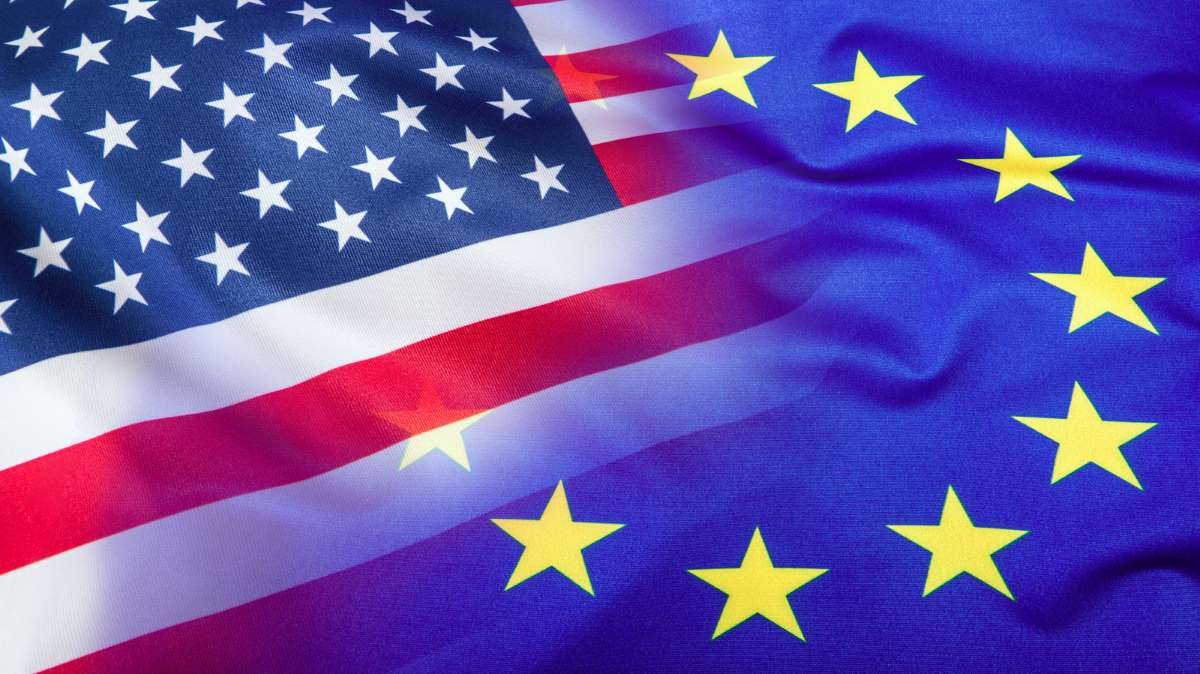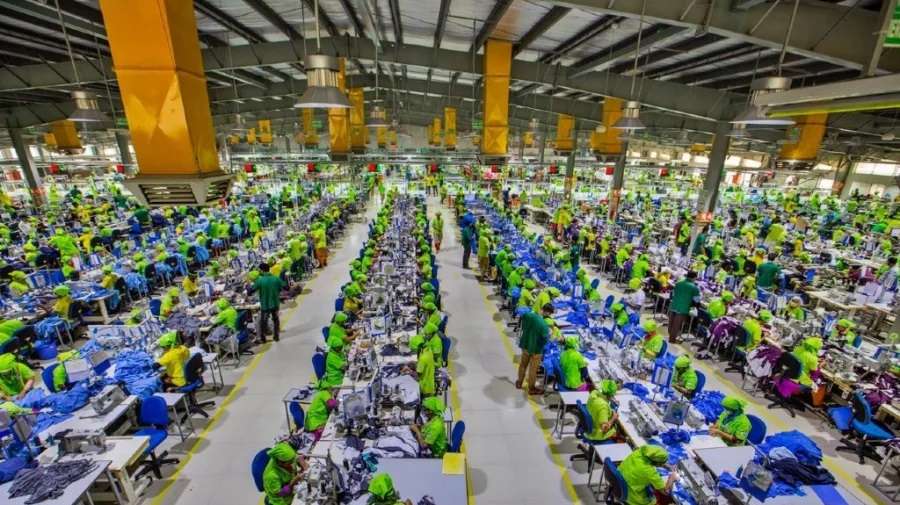
The story of Shein's soaring profits in 2023 presents a fascinating paradox. While a growing number of consumers, particularly millennials and Gen Z, express a desire for sustainable clothing, fast fashion giants like Shein are experiencing tremendous financial success. This raises several key questions.
Eco-conscious yet fast fashion obsessed
The core tension lies in the seemingly contradictory behavior of consumers, particularly millennials and Gen Z. Surveys like the one by The New Consumer and Coefficient Capital suggest a strong desire for environmentally friendly products, with over half of Shein's customers prioritizing such aspects. Additionally, 67 per cent reportedly express willingness to pay more for sustainable garments. However, research from Sheffield Hallam University reveals a different reality, 90 per cent of Gen Z respondents, despite their concern for sustainability, still resort to fast fashion purchases.
Indeed, fast fashion's allure lies in its affordability, with Shein's average unit price at a mere $7.90 in 2021. This affordability trumps stated preferences, as evidenced by the continued success of fast fashion companies despite their environmental and ethical shortcomings. Sustainable clothing often comes with a higher price tag, creating a barrier for some. This disconnect is a classic case of "stated preferences vs. revealed preferences" – a difference between what people say they want and what they actually do. Fast fashion offers a quick and easy way to update wardrobes, fueled by constant new trends and readily available online shopping options. Sustainable alternatives may require more research and effort to find.
Table: Revenue estimates of top global fast fashion brands
Shein
2021: $15.7 billion (estimated)
2022: $22.7 billion (estimated)
2023 (projected): Revenue on track to surpass H&M and Zara combined (possibly exceeding $58.5 billion)
Inditex Group (Zara)
2021: €37.0 billion ($42.3 billion)
2022: €30.7 billion ($35.4 billion)
2023 (YTD - first half): €18.3 billion ($21.1 billion)
H&M (H&M Group Reports)
2021: SEK 186.8 billion ($21.0 billion)
2022: SEK 198.9 billion ($22.7 billion)
2023 (YTD – Q1 to Q3): SEK 164.0 billion ($18.8 billion)
The data highlights, Shein's revenue has seen significant growth, potentially surpassing Zara and H&M combined in 2023. Zara's revenue (as part of Inditex group) shows some fluctuation but remains substantial. H&M's group revenue has seen a modest increase. It maybe noted Shein’s data are estimates and projections, and revenue figures for Zara and H&M are for their parent groups.
The credibility of sustainability claims
Surveys claiming a rise in eco-conscious consumers need to be viewed with a critical eye. While interest may be genuine, factors like affordability and lack of readily available sustainable alternatives can hinder purchase decisions. Additionally, ‘greenwashing’ by companies further erodes trust. Shein's factory tour campaign, for instance, received a lukewarm reception due to a lack of transparency. While awareness of sustainability is growing, there's still a gap in understanding the true environmental and ethical costs of fast fashion.
The core demographic for Shein is millennials and Gen Z. This generation is often portrayed as socially conscious, yet their buying habits paint a more complex picture. Possible explanations for this seemingly contradictory behavior include:
• Prioritization: Sustainability may not be the top priority for everyone. Other factors like style, trendiness, and affordability may outweigh environmental concerns.
• Greenwashing: Fast fashion companies like Shein's attempt to portray themselves as environmentally conscious through PR campaigns can create confusion. Consumers may be unsure of genuine sustainable practices vs. marketing tactics.
The future a balancing ct
The future of fast fashion seems to lie in a delicate balancing act. Companies like Shein acknowledge the importance of sustainability, evidenced by their pledges to invest in environmentally friendly practices and improve labor conditions. However, the success of these initiatives remains unclear. Here are some potential directions:
Increased transparency: Consumers crave information about a product's environmental impact and origin. Greater transparency in supply chains can rebuild trust. Fast fashion giants may be acknowledging the sustainability concerns. Shein's pledges to invest in eco-friendly practices and improve labor conditions suggest a potential shift towards a more responsible model.
Sustainable innovation: Technological advancements in fabric production and recycling can pave the way for eco-friendly yet affordable garments.
Shifting consumer behavior: Promoting mindful consumption and encouraging a "buy less, buy better" mentality can contribute to a more sustainable fashion ecosystem. Bridging the gap requires conscious consumerism. True change relies on actively seeking sustainable options, even if they come at a slightly higher price. Additionally, supporting second-hand clothing stores can be a more environmentally friendly alternative.
The onus lies not just on fast fashion giants but also on consumers. Educating ourselves about sustainable options and prioritizing quality over quantity are crucial steps towards a more balanced future for fashion. The dichotomy between consumer desires and buying habits highlights the complexities surrounding fast fashion. While fast fashion profits soar, the future remains uncertain. The rise of consumer awareness, innovation in sustainable fashion, and potential regulations could tip the scales towards a more sustainable future for the industry.












